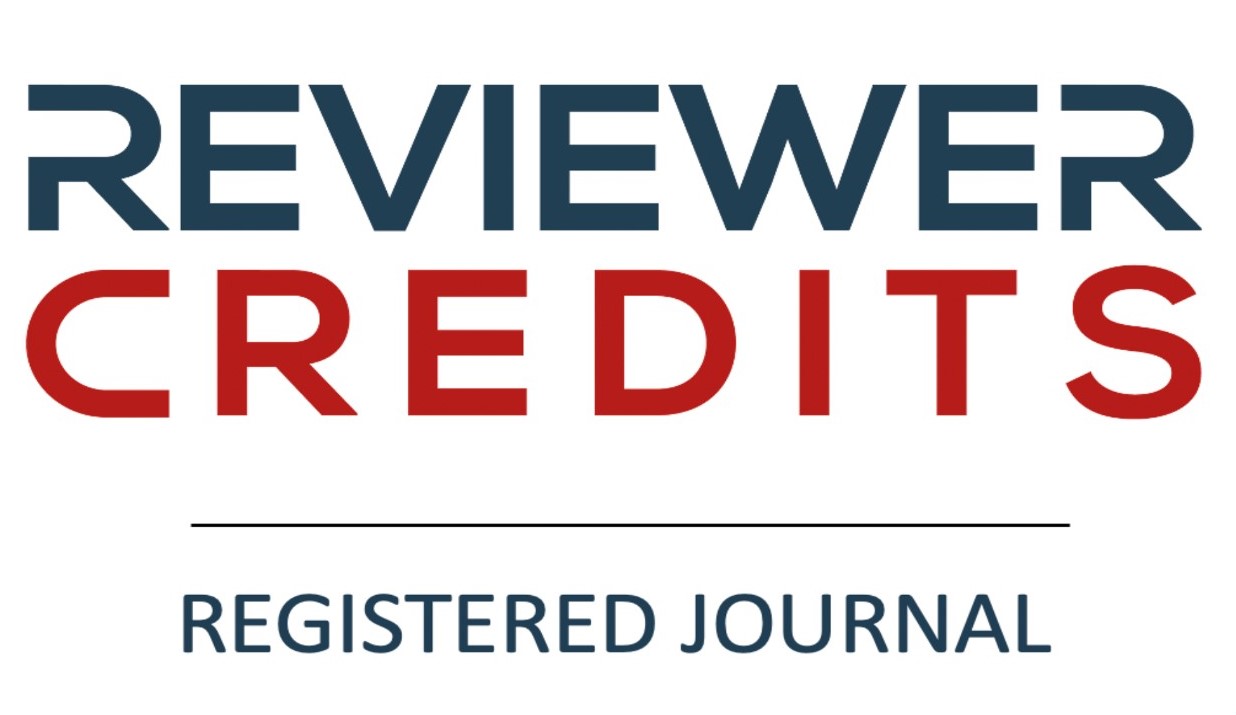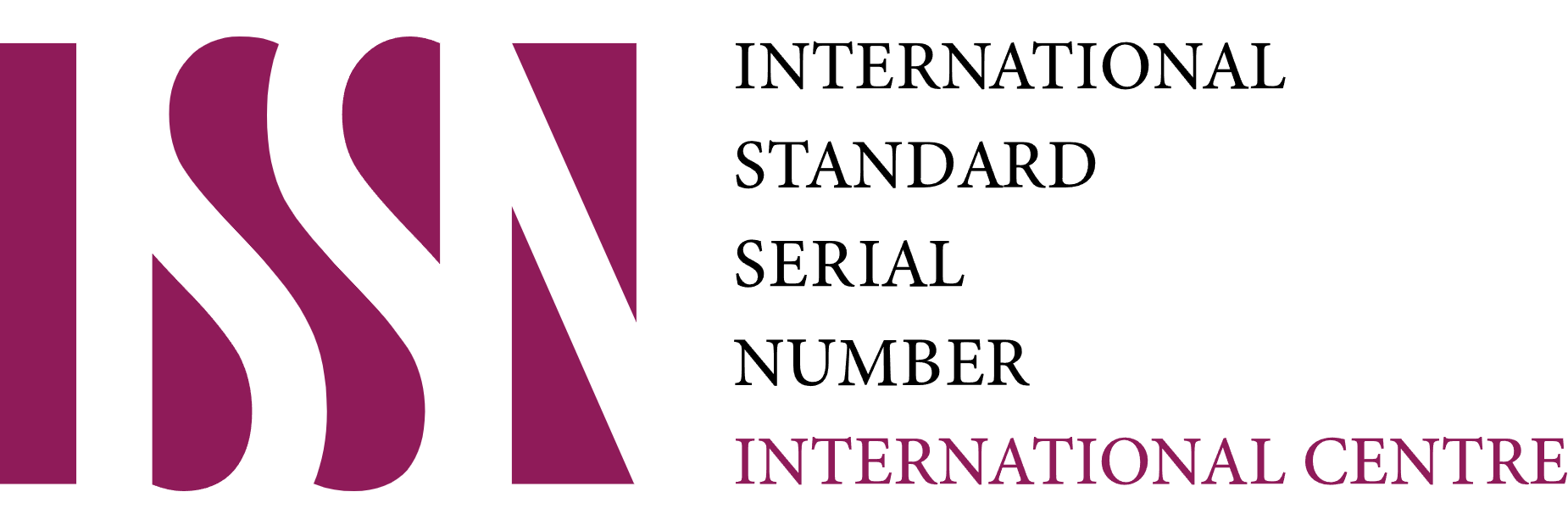Factors Influencing Farmers’ Decision Making in Organic Rice Cultivation at Al-Barokah Gapoktan, Lombuk Kulon Village, Wonosari District, Bondowoso Regency
DOI:
https://doi.org/10.51852/jpp.v18i1.581Keywords:
decision making, nature of innovation, organic rice, service availabilityAbstract
The demand for organic rice products in the Al Barokah Gapoktan until 2021 reaches 520 tons/year, while the availability of raw materials is only 430 tons/year. So it is necessary to expand the land and recruit organic farmers. This study aims to find factors that influence the decision making of organic rice cultivation in the Al Barokah Gapoktan, Bondowoso Regency. This research is a descriptive quantitative study, with interview data collection techniques through questionnaires to 76 samples taken through simple random sampling. The data is then processed and analyzed using multiple linear regression data analysis. The results of the analysis of the data obtained, the availability of services (farm credit, facilities & infrastructure, marketing guarantees) and the nature of innovation (relative profit, compatibility, complexity and observability) have a significant effect on decision making in organic rice cultivation. Meanwhile, the characteristics of farmers (age, education, intensity of attending counseling, land area and income) did not significantly influence the decision making of organic rice cultivation.
References
Eisenfuhr. 2010. Pengambilan Keputusan Karir Pada Remaja Ditinjau dari Harga Diri dan Interaksi Sosial Teman Sebaya. [tesis]. Semarang: Universitas Katolik Soegijipranata.
Febrianti A. 2012. Identifikasi Problem Komunikasi Peternak di Kabupaten Manokwari Papua Barat. Jurnal Ilmu Komunikasi. 9(2): 157–165.
Febrianti A, Satmoko S, Setiawan BM. 2012. Pengaruh Karakteristik Penyuluh, Kondisi Kerja, Motivasi, Terhadap Kinerja Penyuluh Pertanian dan Pada Perilaku Petani PadiI di Kabupaten Rembang. Agrisocionomics: Jurnal Sosial Ekonomi Pertanian. 1(2): 166–180
Ginanjar G, Ayu S, Dinar. 2017. Analisis Faktor Faktor yang Mempengaruhi Keputusan Petani dalam Melakukan Usahatani Jagg Hibrida (Zea mays L.). Universitas Majalengka. Jawa Barat.
Habibullah HJE. 2022. Analisis Adopsi Inovasi Teknologi Pertanian Berbasis Padi di Sumatera Selatan dalam Perspektif Komunikasi. Jurnal Pengkajian dan Pengembangan Teknologi Pertanian. 13 (2): 119–130
Harinta, Y. W. (2011). Adopsi inovasi pertanian di kalangan petani di Kecamatan Gatak Kabupaten Sukoharjo. Agrin, 15 (2).
Indraningsih KS. 2011. Pengaruh Penyuluhan Terhadap Keputusan Petani dalam Adopsi Inovasi Teknologi Tanaman Terpadu.Agro Ekonomi. 29 (1): 1–24.
Kementerian Pertanian. 2019. “Luas lahan tersertifikasi organik di Indonesia tahun 2021 (Angka Sementara).” Berita Resmi Statistik 2021. (77): 1–16.
Mardikanto T. 2009. Sistem Penyuluhan Pertanian. Diterbitkan Lembaga Pengembangan Pendidikan. UNS dan UPT Penerbitan dan Pencetakan UNS. Solo: UNS Press.
Lisana, Widi S. 2008. Faktor-Faktor yang Mempengaruhi Pengambilan Keputusan Petani Dalam Penerapan Pertanian Padi Organik di Desa Sukorejo Kecamatan Sambirejo Kabupaten Sragen. Surakarta: Universitas Sebelas Maret.
Nurlaili, Rochijan. 2019. Adopsi Inovasi oleh Peternak Sapi Perah di Kabupaten Pasuruan, Provinsi Jawa Timur. Jurnal Penyuluh Pembangunan. 1 (1): 92–98.
Romadi U, Farid A. 2016. Faktor Faktor yang Mempengaruhi tingkat Kemandirian Petani dalam Pengelolaan Usaha Tani Padi. Jurnal Arisistem. 12 (3): 155-164.
Downloads
Published
Issue
Section
License
Authors who publish with this journal agree to the following terms:
1. Copyright on any article is retained by the author(s).
2. The author grants the journal, right of first publication with the work simultaneously licensed under a Creative Commons Attribution License that allows others to share the work with an acknowledgment of the works authorship and initial publication in this journal.
3. Authors are able to enter into separate, additional contractual arrangements for the non-exclusive distribution of the journals published version of the work (e.g., post it to an institutional repository or publish it in a book), with an acknowledgment of its initial publication in this journal.
4. Authors are permitted and encouraged to post their work online (e.g., in institutional repositories or on their website) prior to and during the submission process, as it can lead to productive exchanges, as well as earlier and greater citation of published work.
5. The article and any associated published material is distributed under the Creative Commons Attribution-ShareAlike 4.0 International License













